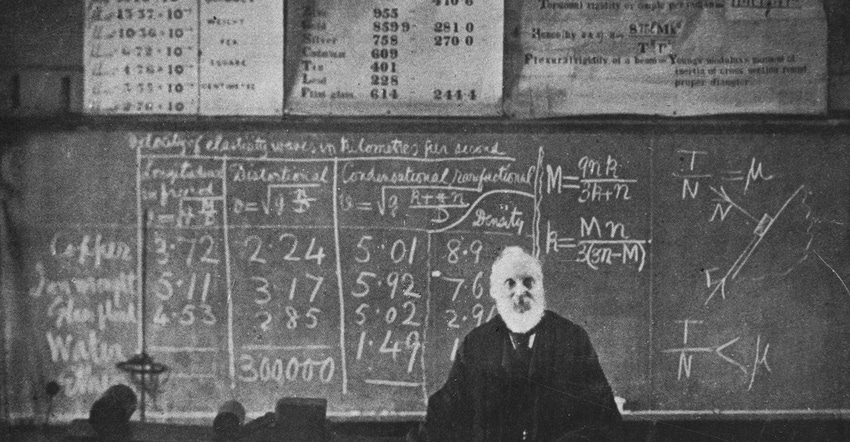Heard of life cycle assessment or LCA? Now let me introduce life cycle economic costs or LEC, something all consumers can understand.
November 16, 2022

The public seems to think that there is no cost associated with eliminating plastic packaging. Those of us with any modicum of business sense and sense of history recognize that over time, the material that has delivered the greatest functional value at the lowest economic cost, will be the sustainable winner. Over the last 50 years, that’s been plastics.
Today, the anti-plastic crowd wants to talk about environmental costs. This is actually a very good idea, because all costs, both direct and indirect, should be recognized and responsibility for payment should be assigned, though who pays for them is a subject for another article.
The common method of doing this type of comparison is by life cycle assessment (LCA). We look at greenhouse gas emissions, other forms of generated pollution, water use, etc. Then, we feature our best results and our competitors’ least best results. We even throw in a few experts to make our points.
Does the public care? Hardly. They have no way to grasp or internalize what these results mean to them, their family, their community, their country, or their planet. So, we’ve missed the boat when it comes to explaining the benefits of any specific package, material, or production process.
We do know that there is one thing the public does understand, especially today in a time of relative high inflation, prices, and interest rates — and that’s money. So, instead of allowing the discussion to be about plastics in the absolute, why isn’t there more discussion about the relative life cycle economic costs (LECs, just coined by me) of switching to something else?
This approach has three very significant benefits:
It allows us to combine the “apples to oranges” impacts of greenhouse gas generation, pollution remediation, water use, etc. into a single metric that everyone, expert or layperson, can understand.
If done properly, it will expose unseen externalities such as subsidies, tax breaks, tariffs, remediation efforts, and disposal costs.
It educates the public about the fact that these costs are real, and that ultimately, we all pay the bill when it comes due.
Remember: Quality of life is the real driver in the public’s decision making. From a sustainability lens, there are three main components: economic, environmental, and social. The materials that maintain or enhance our social and environmental qualities of life, at the lowest economic cost, will prevail.
Consider it sustainable food for thought.
Robert (Bob) Lilienfeld has been involved in sustainable packaging for 25 years, working as a marketing executive, consultant, strategic planner, editor, writer, and communications expert. He’s President of Robert Lilienfeld Consulting, working with materials suppliers, converters, trade associations, retailers, and brand owners. He is Executive Director at SPRING, The Sustainable Packaging Research, Information, and Networking Group. You can also write him at [email protected] or visit his LinkedIn profile.
About the Author(s)
You May Also Like




